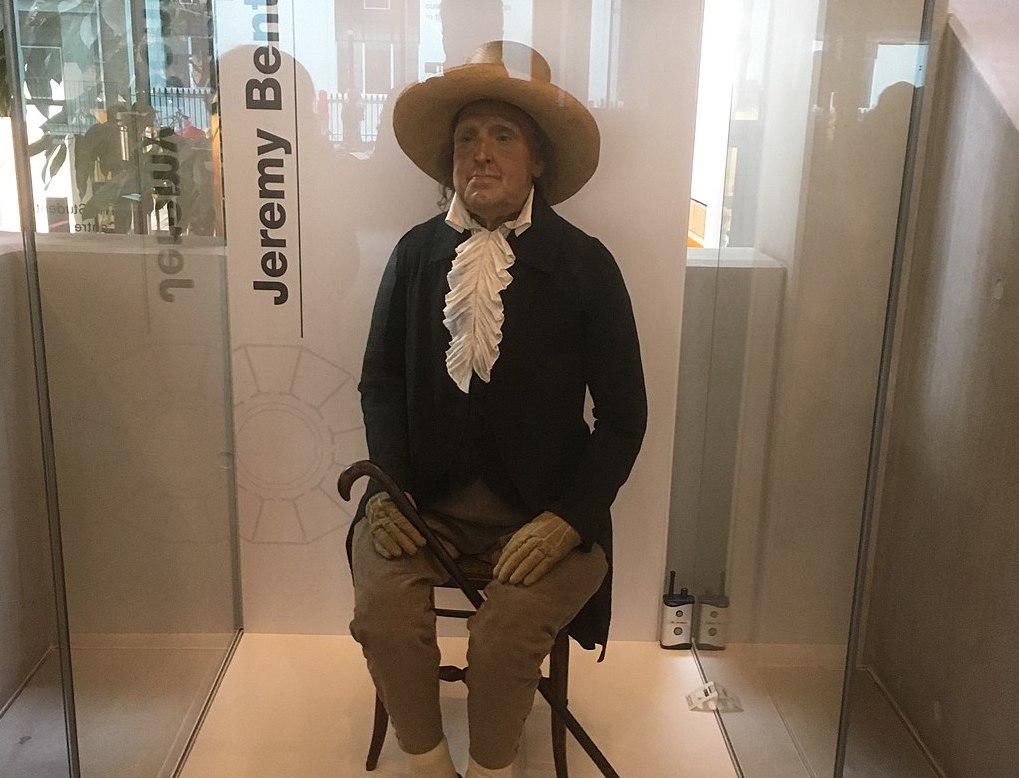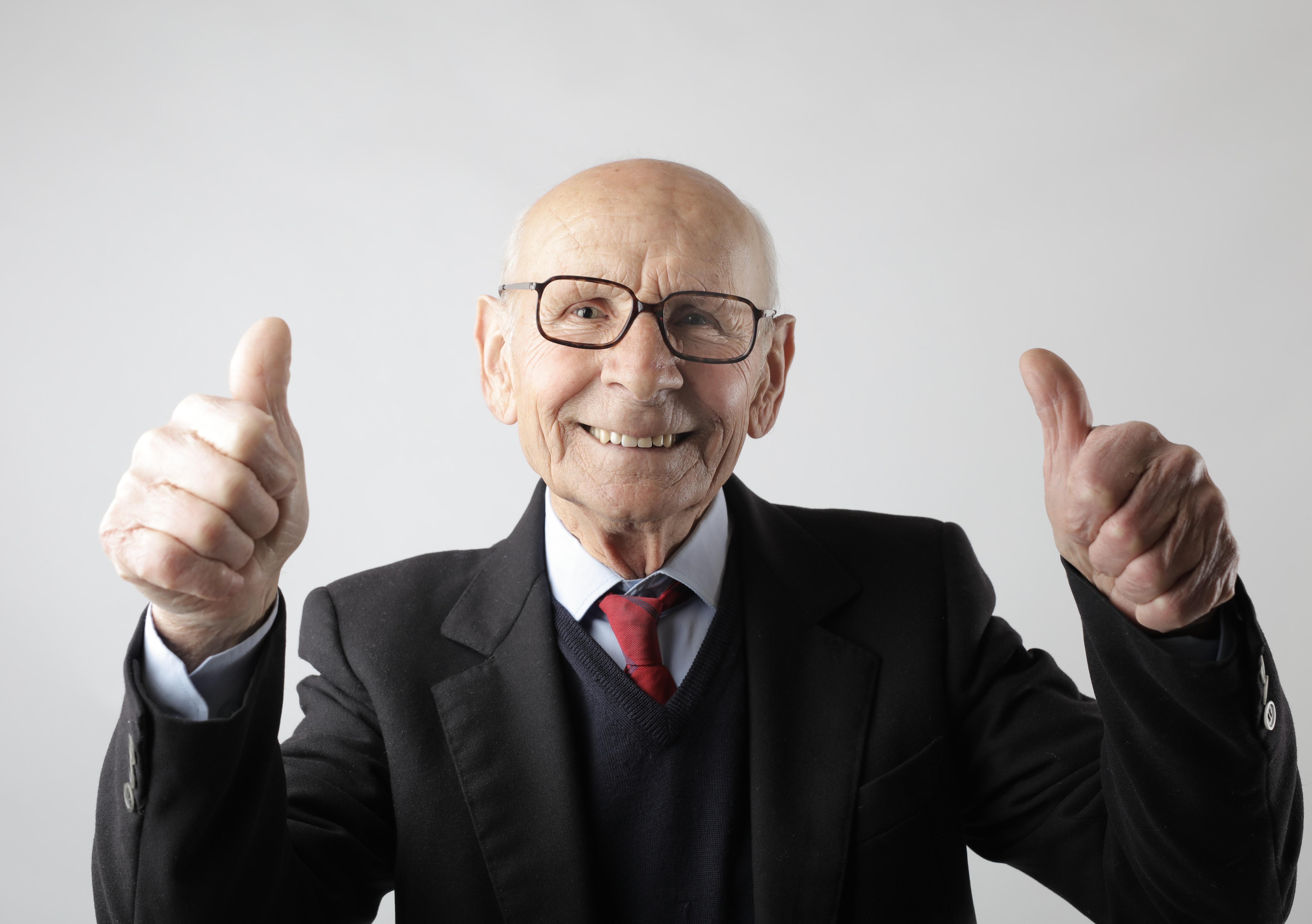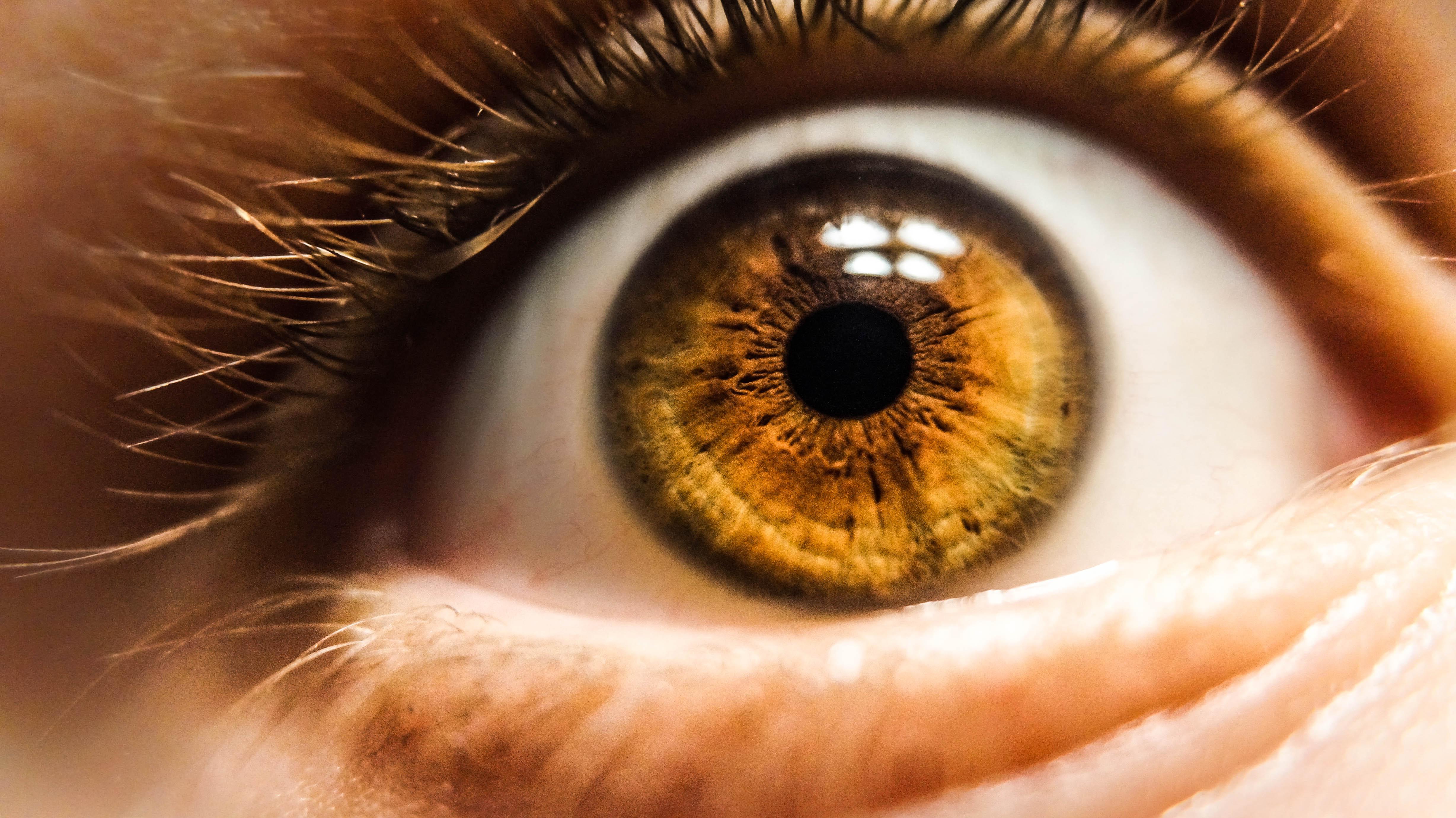Death may be one of the few universals of the human experience, but every age and culture develops its own ways of dealing with its inevitability. Facing the end, individuals and societies have adopted every imaginable intellectual and emotional posture, from grim acceptance to bitter resistance, with no shortage of humor and satire woven in.
For the ancient Stoics, whose ideas are currently enjoying a renaissance, the certainty of death was to be accepted. Stoic writers like Seneca and Marcus Aurelius saw in the inescapability of death a moral mandate: “We do not suddenly fall on death,” in the words of Seneca,“ but advance towards it by slight degrees; we die every day. For every day a little of our life is taken from us; even when we are growing our life is on the wane. … It is not the last drop that empties the water-clock, but all that which previously has flowed out. Which means we need to prepare for it every day.”
Thus live the wise in the here and now, the hic et nunc, realizing “death hangs over you,” as Marcus wrote, that “you yourself are in continuous mutation and in a manner in continuous destruction, and the whole universe, too.”
Among the meditations Stoics used to induce an accurate sense of one’s place in the greater scheme of things is one known as the “view from above”: achieving perspective by visualizing one’s place in an increasingly vast cosmos.
Modern western responses to death tend more toward fight-or-flight. The “denial of death,” a phrase popularized by anthropologist Ernest Becker, became the defining characterization of death in the post-war era. Denial, too, was how Elizabeth Kubler-Ross characterized the immediate response of patients confronted with the news they were terminally ill.
If attitudes toward death reflect contemporary concerns, then it should not come as a surprise that Silicon Valley appears to be obsessed with postponing or evading what is—still—the inevitable fate of all life. Nor should the fact that materials and methods associated with virtual reality are increasingly used to study and change thinking about death.
Take, for example, an experiment recently performed in Barcelona, Spain. Supported by the Immortality Project at UC Riverside, researchers explored whether one’s fear of death could be influenced by the location of one’s sense of perception. The basic idea, they wrote, “was that if we could put people in a situation illustrating the possibility of their consciousness being outside of their body, then this would provide implicit evidence (but not necessarily explicit belief) that survival beyond the body is possible, and hence produce a reduction in fear of death.”
Image Source: Pierre Bourdin, Itxaso Barberia, Ramon Oliva, Mel Slater
The experiment unfolded as follows: each of the 32 participants (female students from the University of Barcelona) wore a headset that simulated a virtual environment, including a life-sized virtual body that was a visual substitute of their own. The virtual body was seated on a couch and perceived her surroundings from a first-person perspective, that is, as though she were looking at her surroundings through the eyes of the virtual body. In the first phase of the experiment—the in-the-body phase—students were embodied in their virtual skins. Using real-time motion capture, the subject’s real body movements and those of her visual double were synchronized. If she tilted her head or raised an arm, so did her visual doppelgänger. And if an object touched the virtual body, that contact was felt on the student’s real body through vibrotactile stimulation. All of this resulted in a strong “body ownership illusion.”
After several minutes, participants moved into phase two (the out-of-body phase). The perspective changed, so that the point of view was now near the ceiling, and participants could look down onto the virtual body still seated on the couch. Here the group was equally divided into an experimental group and a control group. For one half, the synchronization between the real and the virtual remained in place, despite the shift in view. For the other half, the link was severed: real body movements were not replicated by the virtual body, nor was contact with the virtual body felt by the real body. For the 16 students in the second group, the researchers’ goal was to create an out-of-body experience by separating the location of perception from the body they had, through the “body ownership illusion,” thought of as their own.
The experiment was designed to replicate the kind of out-of-body experience associated with near-death experiences (NDEs). If, as previous studies suggest, people who experience NDEs show reduced fear of death and greater belief in life after death, could an out-of-body experience brought about through virtual simulation lead to the same result? To answer that question, each of the two groups was asked to complete a questionnaire that included the following question, and to score each answer on a scale of 1 to 5.
What level or worry or anxiety do you have for the following aspects related to your own death?
- The total isolation of death
- The shortness of life
- Missing out on so much after you die
- Dying young
- How it will feel to be dead
- Never thinking or experiencing anything again
- The disintegration of your body after you die
The 16 members of the experimental group consistently expressed a less negative attitude toward death than the control group. The study had its limitations, to be sure—including a small, homogeneous sample size—but the results suggest that the fear of death can indeed be reduced through an out-of-body experience triggered by a virtual simulation.
Some religious and philosophical traditions would suggest, of course, that all of life is a “body ownership illusion,” or at least that personal identities can survive the destruction of one body and reincarnation or resurrection in another one. So the result may not be surprising to some. Still, virtual-reality near-death experiences herald a new, more technological phase in our efforts to understand and control one of the most ancient human fears.
The post The (Virtual) Reality of Death appeared first on ORBITER.





